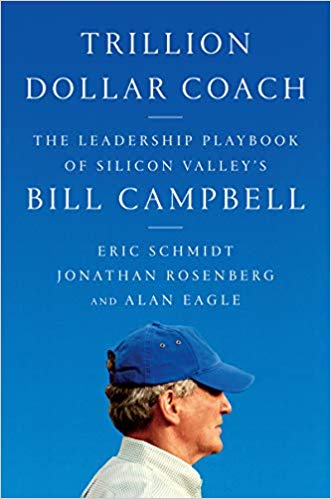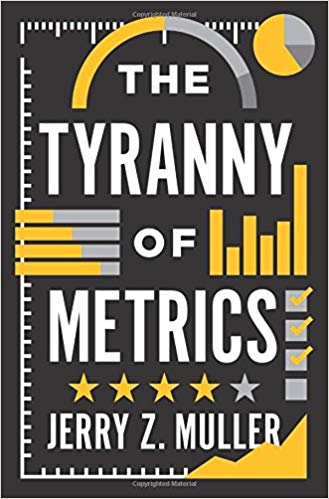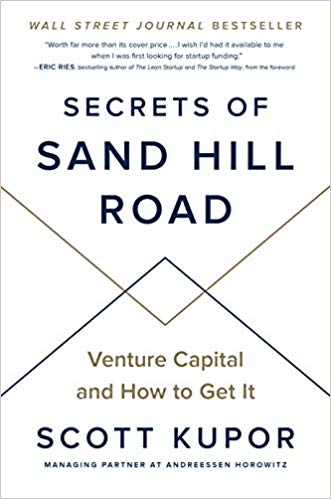6 Takeaways from Trillion Dollar Coach
A phrase like “Trillion Dollar Coach” grabs your attention. When that phrase is the title of a book, it’s a book you want to read.
Trillion Dollar Coach: The Leadership Playbook of Silicon Valley’s Bill Campbell was written by Eric Schmidt, Jonathan Rosenberg, and Alan Eagle. Each author has held senior roles at Google and Alphabet. Most recently, Eric Schmidt was Alphabet Executive Chairman from 2015-2018; Jonathan Rosenberg is Senior Vice President at Alphabet; and Alan Eagle is a Director at Google.
Summary
The book details the wisdom of Bill Campbell, who coached leaders at major Silicon Valley companies such as Google, Apple, and Intuit. Campbell-coached companies have a combined value of over a trillion dollars.
Bill Campbell started his career as a college football coach, eventually becoming the head coach at Columbia University, his alma mater. After going 12-41 in six seasons, Bill decided to leave football in 1979 and start a career in business.
Bill started in advertising, eventually moving to Kodak and then to Apple. After other stops along the way, Bill took a role at the VC firm Kleiner Perkins, where he became a coach to companies in the firm’s portfolio.
6 Takeaways from Trillion Dollar Coach:
1. Bill built his network. How did a college football coach with a losing record become a coach to several billion-dollar Silicon Valley companies? Networking. Bill’s best business opportunities came from other people who knew about his talents, everyone from old football buddies to Steve Jobs. Beginning at Columbia and continuing the rest of his life, Bill built solid relationships to the benefit of all involved.
2. For Bill, people were the priority. Bill’s success did not result from technical expertise (his background was sales, not engineering). Bill was successful because he made the people around him better. He believed a manager’s main responsibility was the success of his or her employees. He worked to create an environment that supported and nurtured employee growth.
3. To maximize the value of coaching sessions, Bill prepared a list of 5 topics. He asked the person he was meeting to do the same thing. When the meeting started, each person would simultaneously write their topics on a whiteboard. The topics given the most consideration were the ones that showed up on both lists.
4. Bill was an active listener. In today’s world there is a constant barrage of texts, emails, and other distractions. Bill would put away distractions like his phone or computer, listen intently, and ask follow-up questions to ensure he understood what was being said.
5. Bill developed a sense of community. For example, he advocated pairing people together for projects to foster peer relationships. In another example, Bill started meetings with social topics. Each meeting attendee would share something going on in their lives, such as a recent vacation or family event. This approach helped team members form deeper relationships and also allowed each attendee to participate in the meeting right away.
6. Bill looked for 4 characteristics in the people he hired: intelligence, work ethic, integrity, and grit. Bill valued the ability to learn quickly and make insightful connections over academic intelligence. He looked for people who asked questions (a sign they were continuous learners) and who didn’t give up if they were knocked down.
Bonus Takeaway: It’s never too late to succeed! Bill didn’t start a business career until age 39, and didn’t get involved in the technology sector until his early forties.







